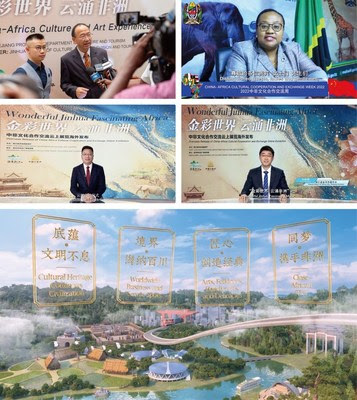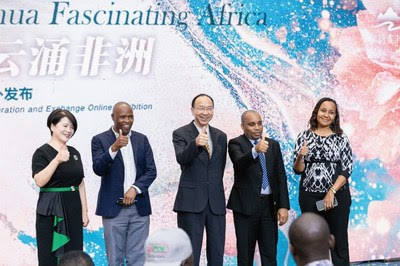CAMEROON
OVER 350 NEW INTERNALLY DISPLACED IN THE SOUTH-WEST REGION
Between 26 October and 5 November, over 350 people were forced to displace in Fako division in the South-West region due to extreme violence. Most civilians fled on bikes and found shelter in abandoned administrative buildings and host communities, and do not intend to return to their localities as the security situation remains volatile. Internally displaced people critically need food, shelter and health aid. Civilians in the North-West and South-West regions continue to forcibly flee due to recurrent clashes between non-state armed groups and security forces as well as between armed groups themselves as they fight over the control of territories.
CHAD
HIGH RISK OF FLOODING IN THE LAC PROVINCE
The level of the Chari River in the capital N’Djamena, which was steadily dropping over the last two weeks, has increased from 8.00 meters on 5 November, to 8.11 meters on 10 November. Since September, heavy rains have battered the south of the country, causing the Chari and Logone rivers, which meet in the capital N’Djamena, to overflow their banks and forcing about 158,000 people to flee their homes and take refuge in public spaces. The situation may worsen further in the Northwest of the Lac province, where Lake Chad has begun rising as the Logone and Chari rivers naturally flow into the Lake. Water spillover could indicate flooding in Lake Chad’s islands, potentially affecting over 100,000 people. Local authorities and humanitarian organizations are mobilizing to provide critical assistance.
DR CONGO
NEARLY 13,000 CIVILIANS DISPLACED IN TWO DAYS FOLLOWING ARMED CLASHES
According to the Committee of Displaced People, on 12 and 13 November, about 13,000 displaced persons were registered in various displacement sites in Nyiragongo territory, North Kivu province, in the east. They fled attacks by the M23 armed group in Kibumba and Buhumba villages, north of Nyiragongo territory. They joined over 97,000 others who have been living in various displacement sites in Nyiragongo since March. People were also forcibly displaced in Tongo village in Rutshuru territory following recent clashes. As of 8 November, about 188,000 people have been displaced since the resumption of the fighting on 20 October.
MALI
ARMED GROUPS ATTACK SCHOOLS IN TIMBUKTU REGION
On 9 November, members of non-state armed groups attacked the villages of Gairama and Bingata, Dire commune, Timbuktu region, in the centre. They ousted the students of the two existing schools, physically assaulted teachers and set ablaze administration documents. In Zouera, a village in the circle of Goundam in Timbuktu, the religious judge announced in a statement that separating girls and boys in classes and teaching religious classes are among the conditions for reopening closed schools in Timbuktu. As of November, about 1,766 schools were closed in Mali due to insecurity and the lack of infrastructure, and 20 per cent of those are in the Timbuktu region.
Source: UN Office for the Coordination of Humanitarian Affairs


